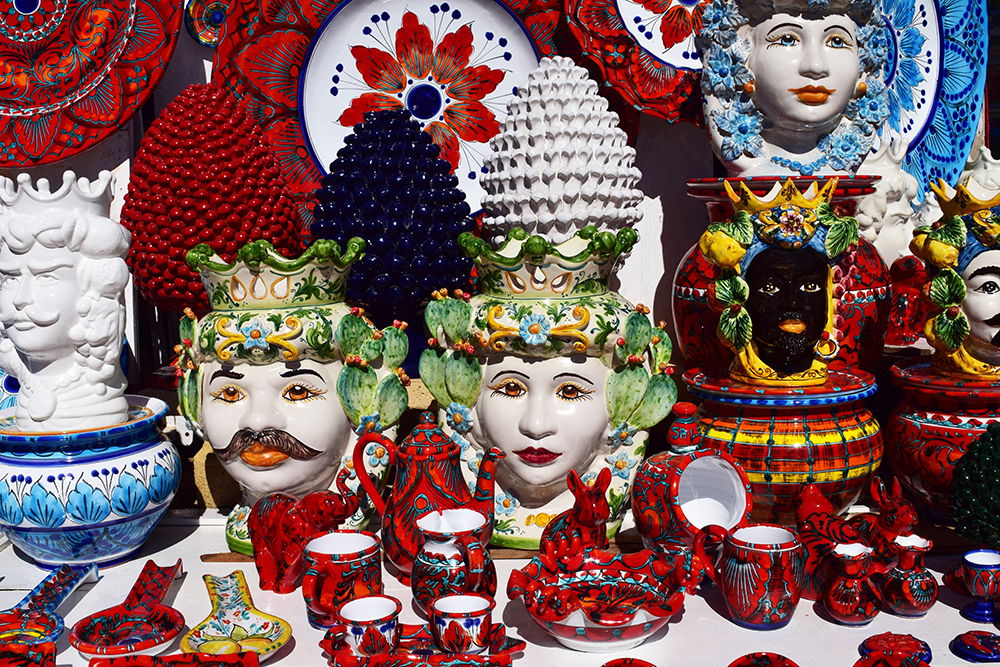
Italian ceramics have a rich history dating back centuries, and they are renowned worldwide for their exquisite craftsmanship, artistry, and elegance. The roots of Italian ceramics can be traced to the ancient civilizations of Rome and Etruria, and over time, this art form has evolved into a symbol of Italian culture and heritage. Italian ceramic products encompass a wide range of items, from delicate pottery to intricately designed tiles and tableware. In this article, we will delve into the attractions of Italian ceramic products, exploring their history, craftsmanship, cultural significance, and enduring appeal.
Italian ceramic craftsmanship has a historical legacy that spans millennia. The origins of Italian ceramics can be traced back to ancient civilizations such as the Etruscans and Romans, who were masters of pottery and terracotta art. Over the centuries, Italian artisans refined their techniques, drawing inspiration from various cultures and incorporating innovative designs.
During the Renaissance, Italian ceramics saw a significant revival. The Medicis of Florence and other affluent families supported ceramic workshops, encouraging artists to create intricate, ornate pieces that reflected the aesthetics of the time. This period marked a renaissance in Italian ceramic artistry, establishing its reputation for quality and innovation.
The allure of Italian ceramic products lies in the artisanal craftsmanship that goes into creating each piece. Italian artisans, often following family traditions and techniques passed down through generations, invest time, effort, and passion into their craft. The process involves multiple stages, including clay preparation, shaping, drying, firing, glazing, and decorating.

Italian ceramics are often handmade or hand-painted, adding a unique touch to each item. This attention to detail and dedication to traditional craftsmanship ensure that Italian ceramic products maintain their quality and authenticity.
Italian ceramics offer an immense variety of designs and styles, catering to diverse tastes and preferences. From traditional and rustic to contemporary and modern, there's something for everyone. Italy is known for its regional diversity in ceramic styles, with distinct patterns and motifs that represent the culture and history of each area.

For instance, the ceramics of Sicily often showcase vibrant colors and intricate Moorish-inspired designs, reflecting the island's historical influences. Tuscan ceramics, on the other hand, often feature rustic, earthy tones and simple yet elegant patterns.

Italian ceramics are highly versatile, making them suitable for a range of purposes. From decorative pieces like vases, sculptures, and wall tiles to functional items like dinnerware, serving dishes, and kitchen accessories, Italian ceramics seamlessly blend artistry with utility. The durability and functionality of these products ensure they can be enjoyed daily, enhancing both everyday life and special occasions.
Italian ceramics hold significant cultural and symbolic importance in Italian society. They are deeply ingrained in various aspects of Italian life, including traditions, celebrations, and religious ceremonies. Ceramics often play a role in Italian art, architecture, and interior design, acting as both functional items and decorative elements that convey Italian identity and heritage.

The global appeal of Italian ceramic products has made them a sought-after commodity worldwide. Italy is one of the largest exporters of ceramic products, supplying a vast array of items to different markets. Italian ceramics are celebrated not only for their aesthetic beauty but also for their exceptional quality and craftsmanship, attracting collectors, designers, and art enthusiasts from around the globe.
Italian ceramics embody a timeless blend of artistry, craftsmanship, and cultural heritage. With their rich history, diverse designs, artisanal craftsmanship, versatility, and global recognition, Italian ceramic products continue to enchant people, offering a glimpse into Italy's artistic and cultural legacy. Whether as decorative pieces or functional items, Italian ceramics bring a touch of elegance and sophistication to any setting, preserving an ancient tradition while captivating modern audiences.

More Details